What are inspections?
Since the very start of the Irish Connemara Pony Society (the CPBS) in 1923, inspections have been practised in order to identify those pure-bred Connemara mares and stallions of sufficient quality to enter the Stud Book as breeding stock. As such, fillies and colts must be inspected from a certain age in order to achieve adult status.
Today the quality of a pony is assessed by a three-grade classification used for all Connemara ponies. At initial registration, all foals are automatically entered in Class 3 (Foal Certificate status) – effectively a birth notification – and must be upgraded to Class 1 or 2 in order to gain adult status. The inspection procedure is fully explained below and all relevant documents can be downloaded from this page.
Please note that no Connemara filly or gelding pony over the age of 4 years, or entire male over the age of 3 years, can be shown in pure-bred Connemara Mountain and Moorland affiliated classes. No pony which is still on a foal registration can be used to breed potential Class 1 or 2 foals.
Quick guide to inspections
Our brilliant BCPS social media ambassador Ellis Simister made a great video explaining inspections and the class gradings, as well as talking about how she got on at her own inspection! Why not check it out for a quick introduction to inspections. For more detailed information, keep reading.
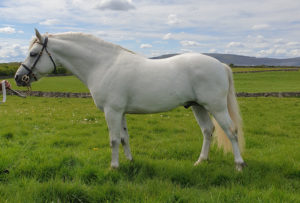
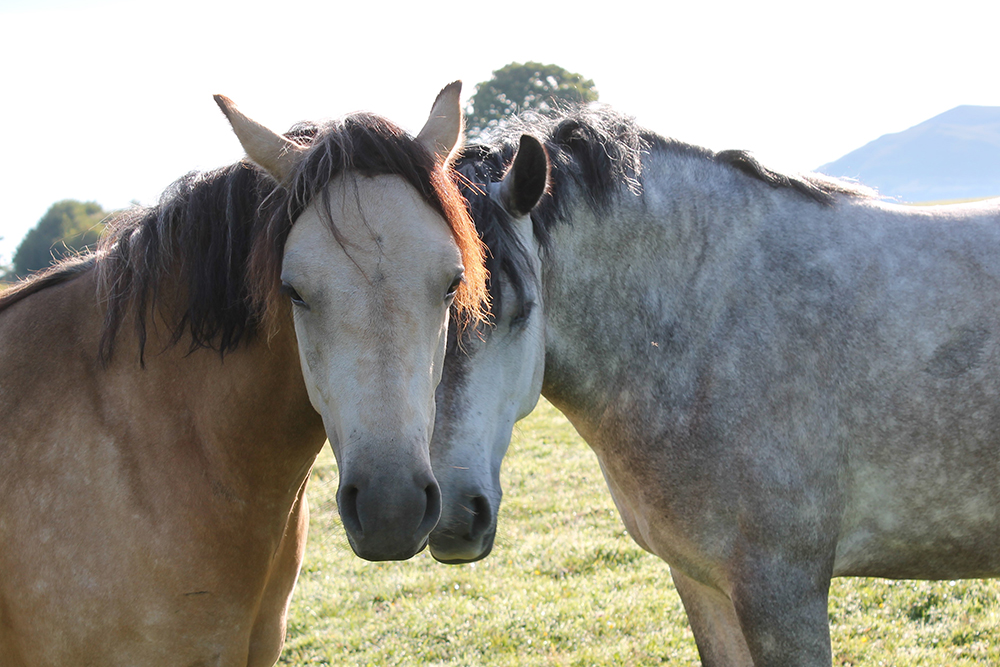
Downloads
Regional Filly Inspection Organisers
Filly Inspection Owners Notes 2025
Filly Inspection Vets Letter 2025
Filly Inspection Application Form 2025
Ponies that need to be inspected
Pure-bred fillies and mares
Pure-bred fillies and mares need to be inspected to qualify for Class 1 or 2 status. For a filly to be eligible for inspection, the following criteria must be met:
- Both parents are Class 1 or 2– if either parent is Class 3, then the filly itself cannot be upgraded to Class 1 or 2
- The filly is registered (on a Foal Certificate) in the BCPS Stud Book
- The filly is 2 years or over at the time of inspection
- The filly is in the name of the owner at the time of inspection.
Filly inspections are held regionally throughout the year. A list of filly inspection venues for 2022 is available on this page and will soon be in our calendar. When you have chosen the inspection that you would like to attend with your pony, fill out the Filly Inspection Application Form and send it to the BCPS Office along with the appropriate fee.
You will need to have a veterinary assessment of the pony done by your own vet before the inspection takes place – within 3 months of the inspection if the filly is 2 years old, within 6 months if the filly is 3 years or older. Please give the Filly Inspection Vet Letter to your vet for guidance on what to do.
At inspection, the filly is presented before two Society-appointed filly inspectors. You must bring your pony’s passport to the inspection. The inspectors will check the filly’s identity and decide whether it should go into Class 1 or Class 2. Please note that a pony over 148cm cannot be placed in Class 1. If the inspectors decide that the filly is not of sufficient quality for Class 1 or 2, the pony will remain in Class 3.
If a filly remains in Class 3 because she fails the visual inspection, the owner may re-present the pony for inspection, but no earlier than the year following the first inspection. It is important to remember that the progeny of a Class 3 pony cannot themselves attain Class 1 or 2 as adults, but will remain in Class 3.
Pure-bred colts and stallions
Pure-bred colts and stallions must be inspected to qualify for Class 1 or 2 status. For a colt to be eligible for inspection, the following criteria must be met:
- Both parents are Class 1 or 2– if either parent is Class 3, then the colt itself cannot be upgraded to Class 1 or 2
- The colt is registered (on a Foal Certificate) in the BCPS Stud Book
- The colt is 3 years or over at the time of inspection
- The colt is in the name of the owner at the time of inspection.
Colt inspections are held at certain times of the year and this information will be on this page when available. When you have chosen the inspection that you would like to attend with your pony, fill out the Colt Inspection Application Form and send it to the BCPS Office along with the appropriate fee.
At inspection, the colt is presented before three Society-appointed colt inspectors. You must bring your pony’s passport to the inspection. The inspectors who will check the colt’s identity and decide whether it should be placed in Class 1 or Class 2.
The colt must also pass a veterinary inspection specified by the Society, during which the height will be recorded. Please note that any pony over 148cm is not eligible to be placed in Class 1. If the inspectors decide that the colt is not of sufficient quality for Class 1 or 2, or if the pony is not presented for the veterinary examination, the pony will remain in Class 3. An example veterinary assessment can be downloaded from this page.
A colt placed in Class 2 or 3 may, on appeal, be presented for re-inspection in the same year, in order to attain Class 1 or 2; this applies to the visual and veterinary inspections. Colts placed in Class 2 may be re-presented, but no earlier than the year following the first inspection. It is important to remember that the progeny of a Class 3 pony cannot themselves attain Class 1 or 2 as adults, but will remain in Class 3.
THE NEXT COLT INSPECTION WILL BE ON TUESDAY 2nd SEPTEMBER 2025 AT MORETON MORRELL, WARWICKSHIRE
Ponies that don’t need to be inspected
Pure-bred geldings
Pure-bred geldings do not need to be inspected in order to gain adult status. For a gelding to gain adult status, the following criteria must be met:
- The gelding is registered (on a Foal Certificate) in the BCPS Stud Book
- The gelding is 2 years or over
- The gelding is in the name of the owner
- A vet has confirmed that the pony has been gelded and has given an approximate height (unless the pony already has a valid JMB certificate)
For geldings, Class 1 and 2 are awarded based purely on height: All geldings of 148cm and below will be classed as Class 1, those over 148cm as Class 2. Geldings parentage can be Class 1, Class 2 or Class 3.
In order to upgrade your gelding to adult status, send the following to the BCPS Office:
- The pony’s passport
- Written confirmation from a vet of the pony’s approximate height
- A covering letter explaining that you wish to upgrade your pony to Adult Gelding Status
There is no charge for upgrading your gelding to adult status.
Part-bred fillies, colts and geldings
Part-bred Connemara ponies do not need to be inspected. For more information on registering part-bred Connemaras, please see our Registrations page.
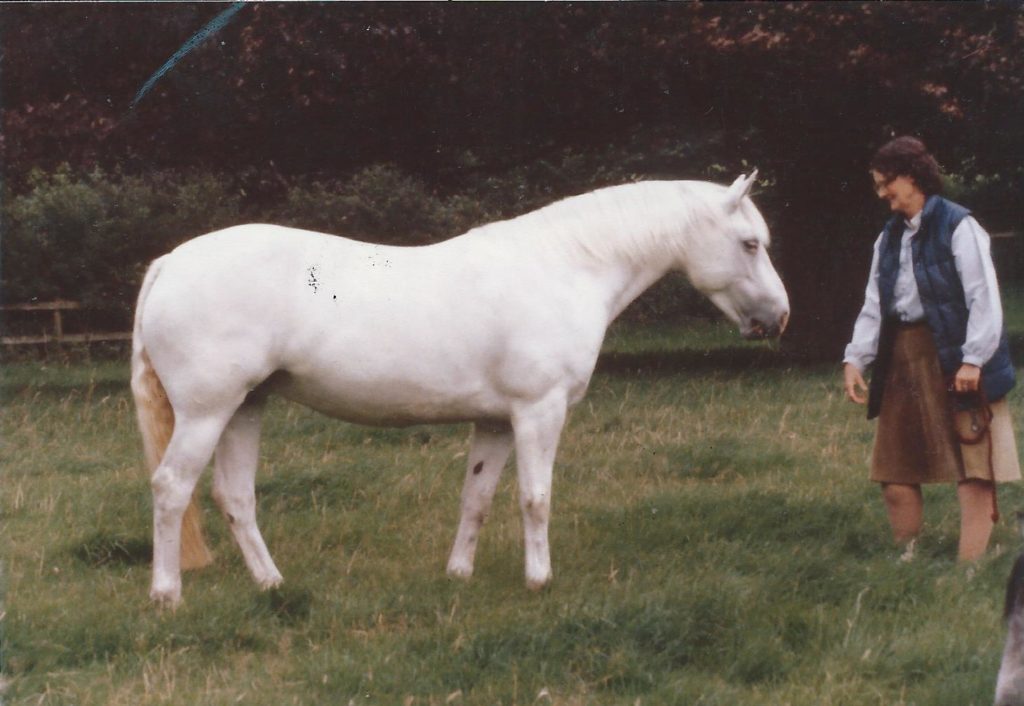
Downloads
Filly Inspector Application Form
Probationer Filly Inspector Report Form
How to become an inspector
The BCPS welcomes applications for probationer inspectors for fillies and colts. You do not need to be a judge in order to become an inspector for the BCPS, but you will need to be an experienced filly inspector before you can apply to be a colt inspector. The relevant applications forms and guidance on probationing can be downloaded from this page. Below is a summary of what you will need to do.
Please note that no probation will be permitted with anyone who proposed or seconded the applicant.
Becoming a Filly Inspector
The first thing you need to do is fill out a Filly Inspector Application Form listing your qualifications and experience and send it in to the BCPS Office. This will then go before the Probationer Judges Committee for approval. Once approved, there are then two paths to becoming a Filly Inspector:
- Complete a minimum of two probation inspections where at least 4 fillies are forward at each inspection.
- Attend a Probationer Filly Inspector Assessment Day.
The report form for those judging probationer Filly Inspectors can be downloaded from this page.
Becoming a Colt Inspector
Many Colt Inspectors are judges or breeders, but this is not necessarily a requirement. It is, however, important is that you are already an experienced Filly Inspector. As with applying to be a Filly Inspector, you will need to fill out a Colt Inspector Application Form with your qualifications and experience and send it in to the Office for approval by the Probationer Judges Committee. You will then need to do at least two probation inspections in order to qualify as a Colt Inspector.
The report form for those judging probationer Colt Inspectors can be downloaded from this page.
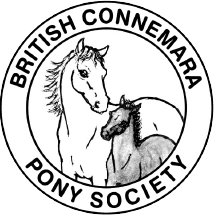
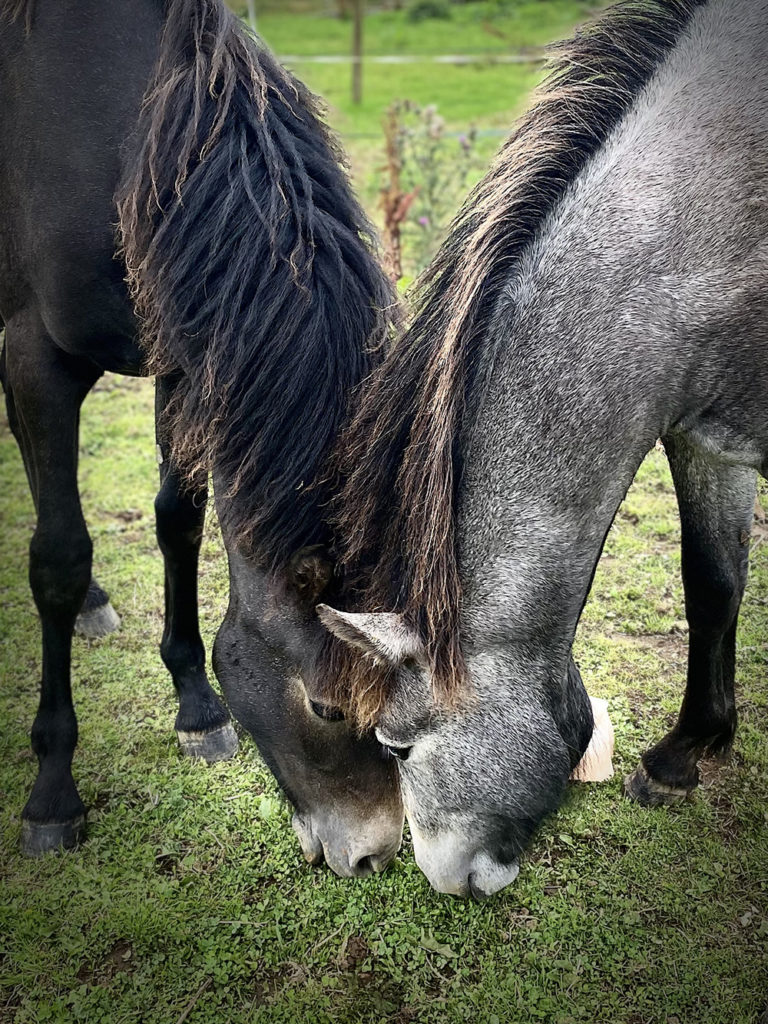
FOLLOW US british.connemara.pony.society
british.connemara.pony.society  @britishconnemaras
@britishconnemaras